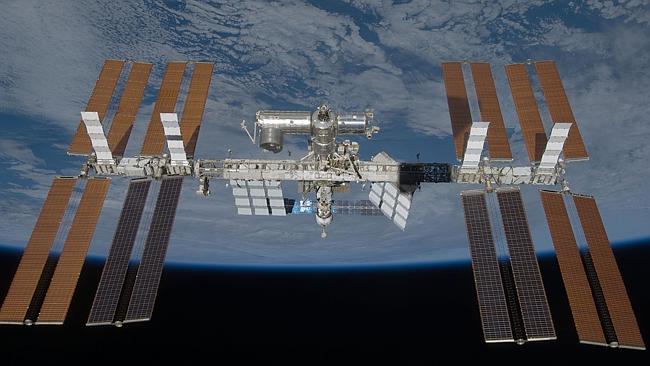The International Space Station struggles with computer virus infections contracted by astronauts
THE International Space Station is cut off from the internet to avoid hackers and viruses. So how does it keep getting infected?
CYBER crime is reaching new heights - as high as the International Space Station, in fact.
The space station is deliberately not connected to the internet in an effort to avoid such hack attacks and virus infections. But this has not made it immune.
Russian security expert Eugene Kaspersky has told an Australian Press Club gathering that astronauts had earlier this year inadvertently introduced "malware" - hidden software, usually with a malicious intent - to the orbiting island in space through carrying up a personal removable storage device.

The astronaut had 'contracted' the infection while using the device on the ground.
While the effect of the infection was not detailed, Kaspersky revealed it was not the first time such an incident had happened. Such "virus epidemics" are becoming an almost regular event, he said.
The earliest known attack on the space station was in 2008 when a laptop was brought aboard by a Russian astronaut. The "infection" then rapidly spread to all other laptops on the station.
Other infections have been caused by USB sticks being used by visiting scientists, Kaspersky said.
Cosmonauts Oleg Kotov and Sergei Ryazansky perform a hand-off of the Sochi 2014 Winter Olympic Games Torch during a space walk outside the International Space Station. Personal USB sticks being carried by astronauts have infected the space station with viruses, it has been revealed.
As a response to this ongoing threat, the ISS earlier this year changed all its computers to the Linux operating system in a bid improve security over the previous Windows XP.
Kaspersky warned that some malware was really highly complex examples of international and industrial sabotage. Some examples such as the Stuxnet worm that shut down a Russian nuclear powerplant could have cost up to $10 million to develop, he said.
###

